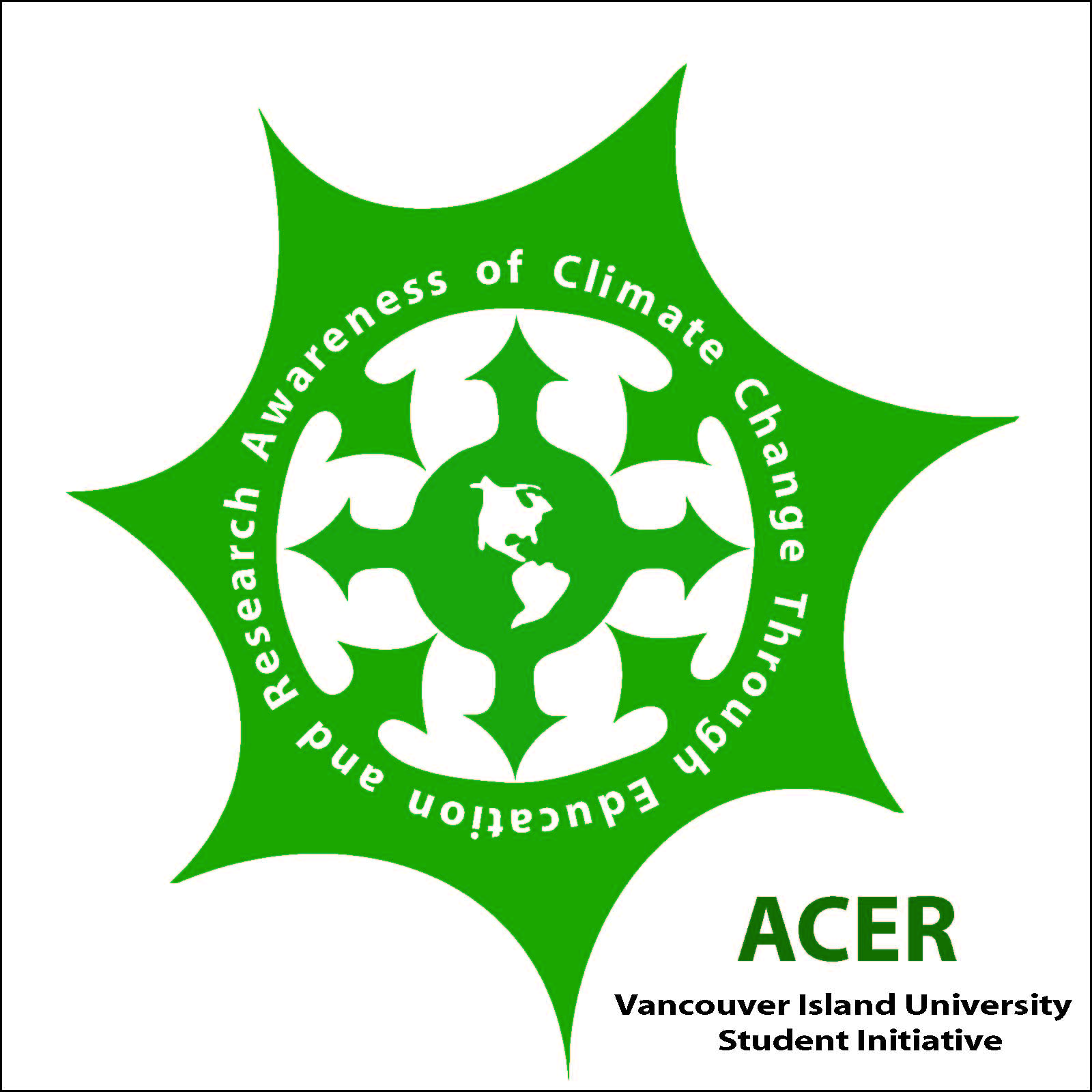Scientists have recently discovered another atmospheric temperature cycle called the Quasi-Quadrennial Oscillation (QQO) in the upper atmosphere. The researchers believe that this newly discovered natural cycle can enrich climate modelling. This cycle describes a pattern of temperature variation, between 3-4 °C every four years, taking place 90 kilometers above Antarctica in the mesosphere.
The Earth’s atmosphere is divided into many layers, starting with the troposphere (which we call home, ending 15 km above sea level), stratosphere (50 km), mesosphere (85 km), thermosphere (500 km), and ending with the exosphere (outer space). Interestingly, while the concentration of green house gases (GHGs) rising in the troposphere leads to warming, the same occurring in the mesosphere leads to a cooling effect.
This is because gas molecules are much less dense in the mesosphere, so instead of trapping heat by transferring energy between other gas molecules, the few molecules capable of capturing infrared radiation are more likely to radiate it directly out to space. This results in an accelerated cooling in the mesosphere, at a rate the researchers determined to be 1.2 °C per decade. Studying the change in temperature in the mesosphere could allow us to build more accurate climate models and provide us with a new way to analyze changes in temperature due to the increasing (or decreasing) concentration of GHGs.
